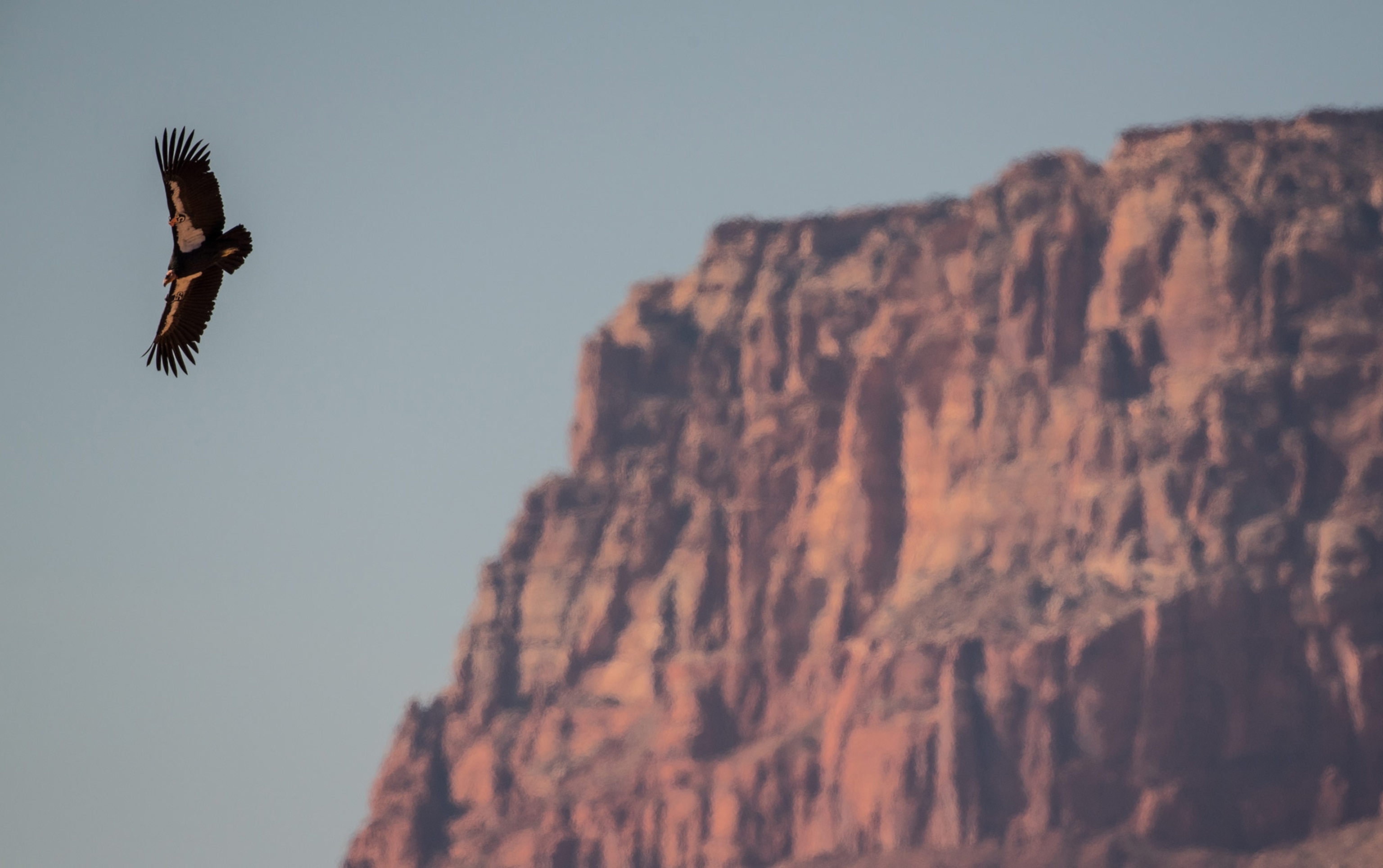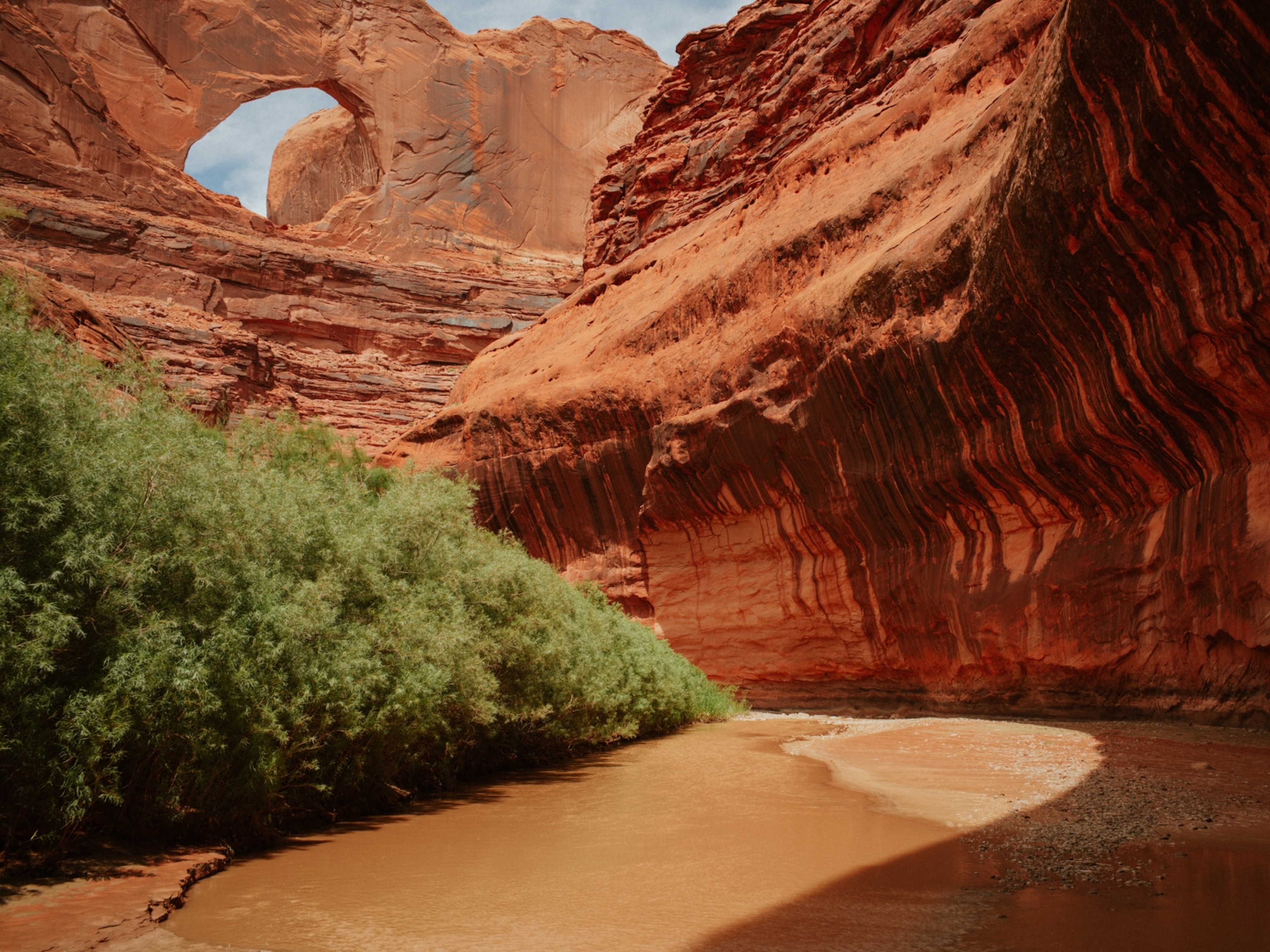
Make the most of Grand Canyon, an icon a million years in the making
Celebrate the beloved park's 100-year anniversary with these seven expert tips.
Founded on February 26, 1919, Grand Canyon National Park—enormous, enduring, enchanting—remains one of the most beloved parks in the United States. Check out these seven expert tips to make the most of your trip.
Do the classics
The classic way to navigate the canyon’s steep slopes is by mule; South Rim day trips leave from Stone Corral, at the head of Bright Angel Trail.
At Phantom Ranch, you’ll also find the only lodging inside the park that isn’t camping (it’s best to book your tour and stay six months in advance).
Rafting the Colorado River provides an a glimpse of the park’s history from an adventurous perspective. River runners collide with over 160 world-class rapids on the route and trips can last anywhere from one to 25 days.
Enjoy a scenic drive
For one-day visits, the Hermit Road along the South Rim is a seven-mile route that skirts the canyon’s rim and offers excellent glimpses of the Colorado River and labyrinthine twists and turns of the canyon; free buses shuttle you along the route while it’s closed to cars from March to November. The North Rim’s Cape Royal Road is a 23-mile stretch that offers some of the more panoramic perspectives you’ll find anywhere in the canyon, particularly at dawn or dusk. The Vista Encantada overlook opens up to an expanse of scenic countryside, while the natural limestone arch at the Angels Window frames the Colorado River for a perfect snapshot.
Take a hike
The Rim Trail, which is mostly paved and offers access points by shuttle bus, is the easiest hike to navigate through the inner canyon, with little in the way of elevation change. For a more strenuous hike, opt for the Tonto Trail, which stretches over 95 miles; the 20-plus mile backcountry stretch between Cottonwood Creek and South Kaibab Trail are recommended by our Traveler experts, particularly during the winter when worries about dehydration are less of an issue. (Follow along as two explorers hike 800 miles of magic and misery in the Grand Canyon.)
In the North Rim, the Havasupai Indian reservation can be found along the Havasu Trail—its lush oasis provides one of the best places to see the travertine formations. Follow the trail along the creek to the Colorado River to find perfect swimming holes formed by streams and turquoise waterfalls cascading down from the cliffs. But perhaps the best way to appreciate the magnitude of the canyon is to hike from the North Rim to the South Rim via the North Kaibab and Bright Angel Trails; this 23-mile hike is not for the weary. Visit the park’s website for more information on day hikes and backcountry hikes.
Marvel at nature
The canyon's variety of landscape and elevation makes for a hugely diverse mix of flora and fauna. The park counts 355 bird species, 89 mammalian species, and 56 reptile and amphibian species within its expanse; some of the more prevalent animals you’re apt to find are mountain lions, bald eagles, spotted owls, peregrine falcons, trout, catfish, striped bass, bats, coyotes, beavers, canyon treefrogs, red-spotted toads, Woodhouse’s rocky mountain toads, and the California condor, which neared extinction in the 1930s, but is now again thriving in the park.

Predominant species of plant life include sagebrush, snakeweed, banana and narrowleaf yucca, Indian ricegrass, creosote bush, white bursage, brittle brush, western honey mesquite, blue spruce, Douglas fir, white fir, aspen, and mountain ash. Nearly 2,000 species of flora thrive in the park.
Snap a photo
Designed in 1932 to resemble ancient pueblo towers, the 70-foot-high Desert View Watchtower sits on the highest point on the South Rim and offers one of the best canyon views of the Palisades of the Desert, particularly at sunset. (See ‘sunset wars’ pictures of national parks' amazing skies.)
Plan ahead
Families with small children can stroll two short hikes easily accessible from the Cape Royal trailhead on the North Rim. Stroll the 0.3 miles from the trailhead to Angels Window, and then onto Cape Royal, where pictorial buttes and rock temples rise from the canyon.
Dehydration can occur quickly below the rim, so drink plenty of fluids (about four quarts per day), eat salty snacks, and cache water along the trail for your return trip. Don't hike during the hottest part of the day.
Hermit Road is paved and wheelchair accessible; contact the visitors center about vehicle accessibility, which varies during the year. (Visit four of the best wheelchair-accessible trails in U.S. national parks.)
Take a day trip
If your stomach can take it, plan a visit to the Skywalk, a glass-bottomed balcony that has you suspended 4,000 feet over the canyon floor. Run by the Hualapi Tribe on their reservation site at Grand Canyon West, the trip is about five hours from the Grand Canyon’s South Rim, and entrance fees are charged. Other side trips include visits to Nevada’s Lake Mead, and the 900-year-old pueblos, pottery, and amphitheater left behind by Native Americans at the Wupatki National Monument in Flagstaff, Arizona.
- National Geographic Expeditions
































































